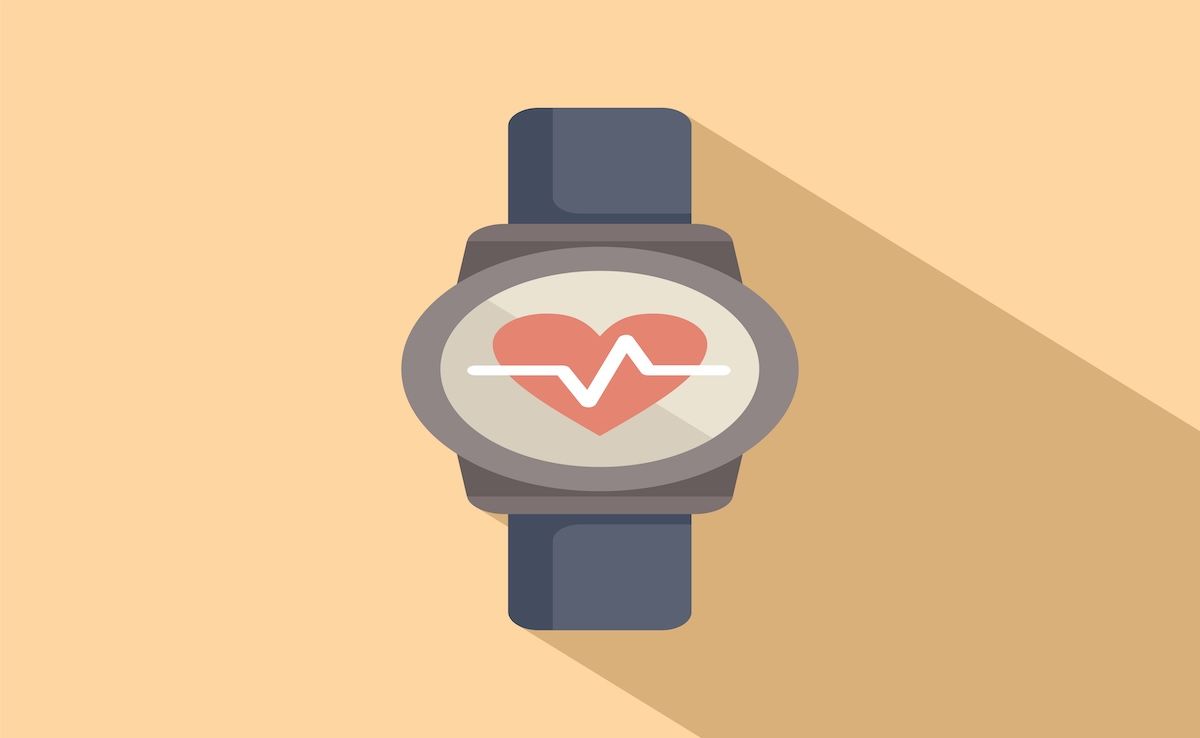Article
Enrollment in High-Deductible Health Plans Continues to Grow
Author(s):
Enrollment in high-deductible health plans with and without accompanying health savings accounts surged among working age adults, while use of traditional health plans decreased, the CDC reported Thursday.
Enrollment in high-deductible health plans (HDHPs) with and without accompanying health savings accounts (HSA) surged among working age adults, while use of traditional health plans decreased, the CDC reported Thursday.
Among adults aged 18-64 with employer-based health coverage from 2007 through 2017, enrollment in HDHPs coupled with a HSA grew from 4.2% to 18.9%. Without a HSA, the percentage of adults grew from 10.6% to 24.5%
HDHPs are health insurance policies with higher deductibles than traditional insurance plans. Individuals with HDHPs pay lower monthly insurance premiums but pay more out of pocket for medical expenses until their deductible is met.
Read more about high-deductible health plans.
An HDHP may or may not be used with an HSA, which allows pretax income to be saved to help pay for the higher costs associated with an HDHP.
Researchers saw differences in sociodemographic and socioeconomic factors in terms of who was covered by which arrangement. The HDHP—HSA combination was more likely to be used by adults who were more highly educated and affluent.
In 2017, adults aged 30-44 years were more likely to be enrolled in an HDHP with an HSA than those aged 18-29 and 45-64, according to estimates based on data from the National Health Interview Survey.
Among working age adults, enrollment in traditional plans decreased as family income increased, from 59.9% among those with incomes of 138% of the federal poverty level (FPL) or less, to 55.5% among those with incomes greater than 400% FPL.
Enrollment in HDHPs with an HSA increased from 7.9% among those with incomes of 138% FPL or less to 22% among those with incomes greater than 400% FPL.
Enrollment in HDHPs without an HSA decreased from 32.2% among those with incomes of 138% FPL or less to 22.6% among those with incomes greater than 400% FPL.
By education, enrollment in an HDHP—HSA combination increased as education levels rose, from 10.7% among those with less than a high school education to 23.9% among those with a bachelor’s degree or higher.
Enrollment in HDHPs without an HSA fell as education increased, from 28.2% among those with less than a high school education, to 21.8% among those who graduated from college.
Further, enrollment in traditional plans decreased from 61.1% among those with less than a high school diploma to 54.3% among those with a bachelor’s degree or higher.
The growth in HDHP enrollment has been fastest among those with employment-based coverage. More than 60% of adults aged 18-64 get their private health insurance coverage through the workplace. The percentage enrolled in a traditional plan decreased from 85.1% in 2007 to 56.6% in 2017.





